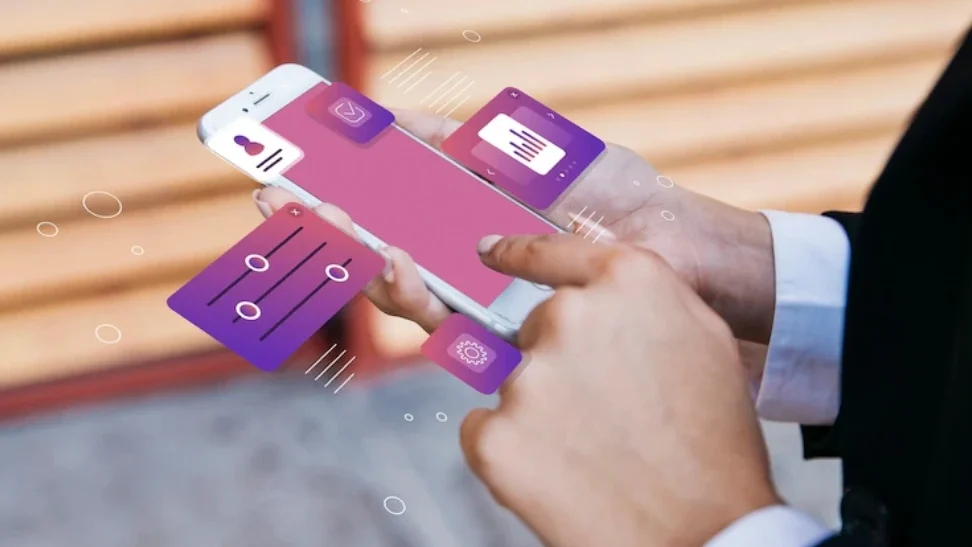Between rewards programs, tap-and-go apps, and the growing buzz around crypto, keeping up with all the new ways to pay can feel overwhelming. You’re not imagining things — the way we use and think about money is changing fast. From store points and prepaid gift cards to decentralised coins and blockchain buzzwords, even a basic purchase can come with a dozen options.
And while following cryptocurrency news can help you stay in the loop, it’s no surprise that many Australians are still scratching their heads when trying to understand how all these systems connect — or if they even do.
Let’s unpack what’s going on, why it matters, and how to keep things simple without falling behind.
So Many Wallets, So Little Clarity
First things first: not all digital wallets are the same. A “wallet” used to mean somewhere to store your cash. Now, it could refer to any of the following:
- Mobile payment apps like Apple Pay or Google Wallet, which link to your credit or debit card
- Retail apps that store loyalty points or in-store credits
- Cryptocurrency wallets that hold digital tokens or coins
- Buy-now-pay-later (BNPL) platforms like Afterpay and Zip, which let you spend before you actually pay
Each of these systems serves a different purpose, runs on a different network, and often requires a separate app, login, or verification method. It’s convenient — until it’s not.
The Points Problem
Loyalty schemes and rewards programs have exploded in recent years. Supermarkets, petrol stations, cafés, pharmacies — nearly every chain has its own version of a “cashless reward.” You earn points, unlock discounts, and feel like you’re saving money.
But here’s the catch:
- The value of a “point” is rarely clear
- Redemption terms vary wildly
- Many points expire or come with fine print
And with so many accounts to juggle, it’s easy to forget where your rewards are or how to use them before they vanish.
Points can be useful — but only if you keep track of them. For most people, they end up being a forgotten bonus rather than real savings.
Understanding the Basics of Crypto (Without the Jargon)
Now we arrive at the most misunderstood player: cryptocurrency. Unlike loyalty points or traditional bank apps, cryptocurrencies are decentralised. That means they’re not issued or controlled by banks or governments.
Key things to know:
- Bitcoin is the most well-known, but there are thousands of others (Ethereum, Litecoin, Solana, etc.)
- You store crypto in a digital wallet — which may be a software app, hardware device, or online account
- Transactions are recorded on a blockchain, which is like a public, tamper-proof ledger
Crypto can be used for payments, investments, or even digital art purchases (NFTs). But because it’s still an emerging space, prices can swing wildly, and regulation varies by country.
For most people, crypto is less about daily spending and more about long-term speculation — or simply staying informed for the future.
Why It Feels So Complicated
At its core, the confusion comes from overlap. Here’s why:
- Terminology is inconsistent: “wallets,” “tokens,” and “credits” can mean totally different things depending on the platform
- Interfaces aren’t standardised: Every app, website, or store does things a bit differently
- There’s no single place to manage it all: Your cards are in one app, your crypto in another, and your points in a third (or more)
And while these systems aim to make life easier, they often rely on users doing the hard work — remembering logins, tracking balances, and staying updated.
Tips for Staying on Top of It All
If you feel like you’re drowning in digital payment options, here are a few ways to stay organised:
- Use a password manager to safely store login details across platforms
- Consolidate rewards accounts using apps that track loyalty programs in one place
- Turn on notifications for major wallets so you’re alerted to changes or usage
- Set a calendar reminder to check and use your rewards or points before they expire
- Only use what you need — if you’re not actively using a crypto wallet or rewards platform, close or pause the account
Simplifying your setup can go a long way toward reducing stress and confusion.
You’re not alone if you’re feeling unsure about all the digital payment options out there. The good news is, you don’t need to understand everything to use what’s useful. Stick to the tools that fit your lifestyle, keep things as simple as possible, and keep an eye on how the landscape evolves — especially when it comes to new technologies and policy changes.

